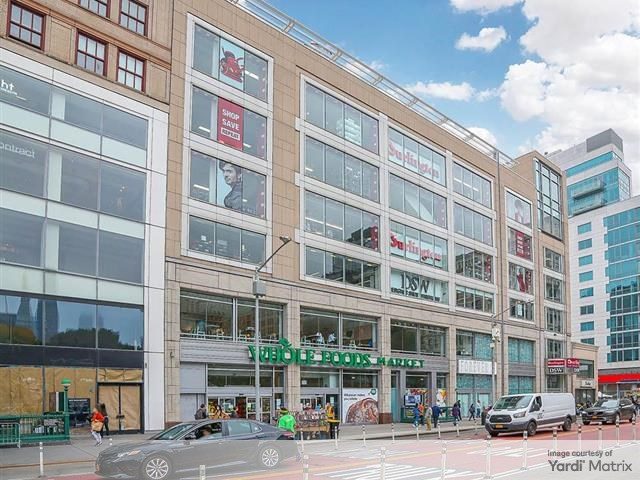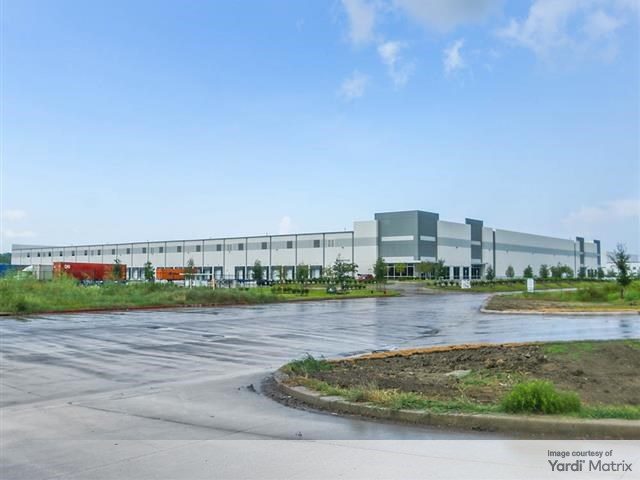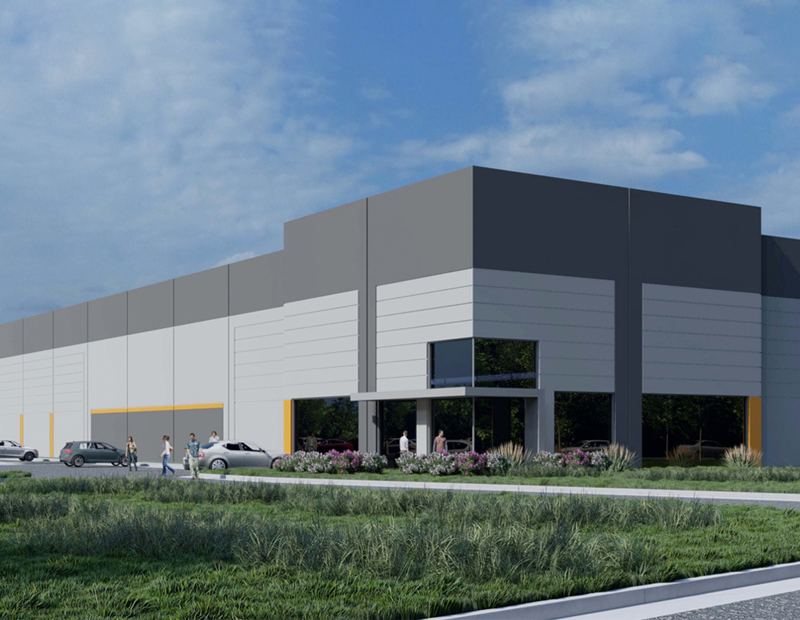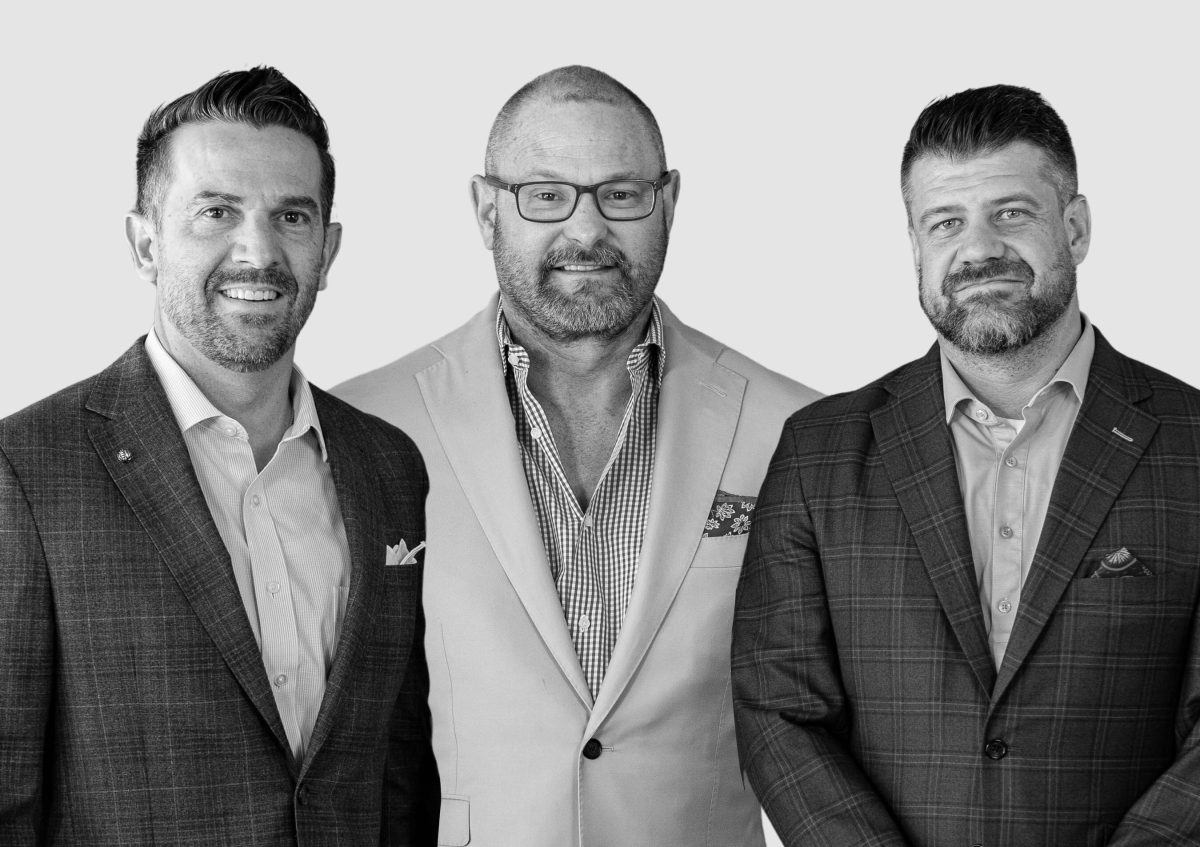Retail Dynasty: Family-Run CBL Thrives Under Stephen Lebovitz
As a real estate expert and Harvard Business School management professor, Arthur Segel is in demand around the world as a guest lecturer. But since he took over the reins of CBL & Associates three years ago, he’s also shepherded the company through the aftermath of a difficult recession.
By Paul Rosta
As a real estate expert and Harvard Business School management professor, Arthur Segel is in demand around the world as a guest lecturer. When he packed his bags last month to teach a land-valuation class inIndia, he brought along a favorite case that has become a staple of the real estate survey course he has taught at Harvard for many years. To develop the case, he enlisted a Harvard Business School graduate he met 25 years ago, while still an executive for Boston Properties Inc. Segel describes his co-author as thoughtful, intellectually curious, an excellent listener and genuinely humble—an uncommon and appealing combination among Harvard’s high-powered MBA candidates.
Although the case study is familiar to legions of Harvard Business School alumni, Segel’s collaborator has other claims to fame. As president & CEO of CBL & Associates Properties Inc., Stephen Lebovitz leads a retail REIT that owns an 86 million-square-foot, 26-state portfolio of 159 properties, including 85 regional malls and open-air centers. Since succeeding the firm’s founder—his father, Charles Lebovitz, who remains active as executive chairman—as CEO three years ago, Lebovitz has shepherded the Chattanooga, Tenn.-based firm through the aftermath of a difficult recession.
On his watch, the company has maintained solid leasing, started to reduce leverage and selectively pursued new developments. He has also built on the firm’s longtime strategy of staking out dominant positions in markets that are usually outside the nation’s biggest metropolitan areas. In many cases, its 85 regional malls and open-air centers are the only game in town.
Lebovitz’s associates say that he combines the best qualities of an earlier era with an up-to-the-minute corporate and capital markets knowhow. Like his father, they say, Lebovitz is a tough-minded but trustworthy dealmaker who considers a handshake agreement to be as binding as a written contract. “In an industry filled with a lot of personalities, I don’t think there’s anybody that doesn’t like Charles and Stephen,” said Michael Graziano, managing director & co-head of real estate investment banking at Goldman Sachs Group Inc., which has arranged financing for CBL and advises the firm on a continuing basis. Graziano calls Stephen Lebovitz “a trustworthy, ethical guy … an individual that everybody likes to work with.” And the younger Lebovitz brings a Wall Street background and elite business school training to the complex new realities of public real estate companies.
Those bona fi des have enabled Lebovitz to navigate a slow, uneven economic recovery. Last October, CBL sealed one of the year’s blockbuster joint ventures: a $1.1 billion alliance with TIAA-CREF. By transferring property-related debt to the institutional giant and applying cash proceeds from the transaction to reduce leverage by another $219 million, CBL trimmed its outstanding debt by $486 million. That accomplishment was also a milestone in an effort that has reduced the company’s debt by $1.2 billion since 2008.
The deal recapitalized four of CBL’s trophy mall properties: WestCountyCenter, a 1.3 million-square-foot super-regional mall in Des Peres,Mo., aSt. Louissuburb; Oak Park Mall, a 1.5 million-square-foot center inOverland Park,Kan.; and CoolSprings Galleria, a 1 million-square- foot super-regional mall in Franklin, Tenn., a suburb ofNashville. During last year’s second quarter, CBL extended and modified three secured-credit facilities valued at $1.2 billion. By basing interest on LIBOR plus 200 to 300 basis points—the rate will vary with CBL’s corporate leverage ratio—the new terms will trim borrowing costs by 200 basis points on average. Last year, same-store net operating income edged up 1.4 percent overall as portfolio occupancy reached 93.6 percent, a year-over-year uptick of 120 basis points. Funds from operations rose 14 cents per diluted share, to $2.22.
Reflecting the retail sector’s still-modest recovery, Lebovitz is also approving a select group of development projects. As consumers continue their quest for value, CBL, like other retail developers, is finding fertile ground in outlet centers. In January, CBL and Horizon Group Properties Inc. announced a 75-25 joint venture to develop a 370,000-square-foot outlet center, The Outlet Shoppes atAtlanta. Located inWoodstock, a northwesternAtlantasuburb, the project is scheduled for a summer 2013 opening.
That project follows last summer’s opening of the 350,000-square-foot Outlet Shoppes atOklahoma City. A joint venture of CBL and Horizon, the project is theSoonerState’s first such center, and—characteristically—the only property of its type within a 145-mile-wide radius. In the community-center category, the 127,000-square-foot Waynesville Commons, inWaynesville,N.C., is scheduled to come online this fall.
Even as CBL forges ahead with the first wave of post-recession development, it continues to focus on existing properties. Lebovitz and the company’s leadership team have earned a reputation for first-rate leasing, property management, tenant service and marketing. Last year, the company ranked 20th on the CPE-MHN index of best-run real estate companies and 18th among property managers. “They watch the details— they sweat the details,” said David Zoba, senior vice president & head of global real estate for Gap Inc., which leases about 285,000 square feet in CBL properties nationwide. “A lot of people that have properties in secondary markets don’t run them as well.” Keeping assets like CBL’s profitable demands especially sharp management, Zoba explained, because “in secondary markets, you’re not going to get the highest rents in the industry.”
As part of its stewardship, CBL selects a handful of regional malls every year for makeovers. Though many of the centers are already dominant in their markets, the strategy recognizes a fundamental truth of retail real estate: “In order to keep customers coming back, the properties have to be fresh and up to date,” Lebovitz said. This year’s list includes regional malls inTexas,MississippiandNorth Carolina. The 1 million-square-foot Cross Creek Mall inFayetteville,N.C., will get new entrances, interior décor and graphics, amenities and landscaping. Besides attending to curb appeal, CBL constantly reviews the tenant mix. “We’re very proactive in terms of moving stores around,” Lebovitz asserted. “We’re not waiting on the lease to expire to make those kinds of changes.”
Financial Report
Recent analyst reports regarding CBL offer a spectrum of impressions. In a February update, Green Street Advisors analyst Cedrik Lachance calls CBL “a good operator,” citing a 120-basis-point jump in occupancy last year and rent appreciation on new leases. For the past two years, the company has been a net asset seller and has allocated proceeds to retiring debt. And CBL’s 7.0 ratio of debt to EBITDA “is (a little lower than) the mall sector average,” Lachance wrote.
That said,Green Streetalso offers a few cautionary notes. CBL’s leverage, at 62 percent, is 10 percent higher than the sector for the mall sector as a whole, Lachance argued. In 2012 and 2013, almost 30 percent of CBL’s total pro rata debt obligations—$1.5 billion—will come due. Lachance calls CBL’s expectation that it can meet those needs through non-core asset sales, CMBS, bank lending and existing credit lines “a fair assumption”; nevertheless, he warns against expecting that both a vibrant transaction market and adequate CMBS financing will always be available at the same time.
A report by KeyBanc Capital Markets’ Todd Thomas offers a similarly nuanced view. The company’s conservative guidance and “a steady capital markets and leasing environment could lead to upside throughout the year.” Thomas also argued that CBL’s $1.1 billion revolving credit line is enough to meet $800 million in debt obligations this year, even if the real estate capital markets go through a downturn. The mixed picture in the retail market presents leasing challenges; although leasing velocity remains steady, about 45 percent of new leases during the fourth quarter of 2011 derived from short-term deals. A case in point—a 25-location deal with struggling Pacific Sunwear—speaks to the continuing softness in some quarters.
When Lebovitz stepped into the CEO role in 2010, he immediately had to contend with the fallout of the recession. Net operating income slipped 1.3 percent year over year in both 2009 and 2010—the first such declines since the company’s IPO in 1993. “What we tried to do was anticipate what was coming and make the difficult decisions early,” Lebovitz recalled. “Waiting and putting off tough decisions is not something that helps anyone.” Like most REITs, CBL had to reduce expenses by trimming staff, curtailing its development pipeline and postponing property renovations.
The company also moved swiftly to shore up its balance sheet, reaching out early to its lenders and restructuring lines of credit. CBL pulled off a feat that was unusual among REITs during the capital markets crisis. By working with its financiers and in some cases changing the mix of lenders, it extended its credit facilities without having to reduce their capacity. That same year, CBL also extended or refinanced nine mortgages and construction loans valued at $360 million. All told, the efforts gave it $1.6 billion in financial flexibility.
While some REITs felt compelled to shut down their pipelines completely in 2009 and 2010, “we divided projects into phases,” he explained. “That allowed us to move forward with what we had leased.” In October 2009, CBL and its partner, Forum Development Group L.L.C., opened The Promenade, a power center in D’Iberville,Miss., that was the biggest new retail project on the Gulf Coast of Mississippi since Hurricane Katrina. Although the center was planned for 700,000 square feet at full build-out, CBL opened only the 480,000-square-foot first phase, which was 96 percent pre-leased to a roster of tenants led by anchors Target, Best Buy, PetSmart, Dick’s Sporting Goods, Marshall’s and ULTA.
Other CBL openings during the recession include The Forum atGrandview, a community center inMadison,Miss., developed jointly with The MattiaceCo.The project’s 110,000-square-foot first phase opened fully leased in November 2010. And in March 2010, CBL and The Benchmark Group unveiled Phase I of The Pavilion atPort Orange, a 415,000-square-foot center in theCentral Floridacity ofPort Orange. With a roster of 30-plus tenants, the center opened 92 percent leased.
Fast Learner
Lebovitz gravitated toward a real estate career at an early age. Dinnertable discussions exposed him to the business, and his summer jobs were often in construction or real estate. After earning a degree in political science and human biology from Stanford in 1984, Lebovitz spent two years as a financial analyst in the real estate department of Goldman, Sachs & Co. That experience, he said, laid a vital foundation. “Goldman gave me a huge amount of financial experience and understanding— how to underwrite a piece of real estate, how to package it for sale,” he explained.
Following graduation fromHarvardBusinessSchoolin 1988, Lebovitz joined CBL & Associates Inc., the forerunner of today’s firm. At the time, CBL was eyeing growth opportunities with Wal-Mart and Home Depot, two regular clients in the company’s Southeast properties. A further priority was building ties to New England-based retailers like BJ’s Wholesale Club, TJ Maxx and Marshalls. Already planted in theBostonarea, Lebovitz got the assignment of opening an office there to serve as the base camp for the company’s Northeast expansion. The first project was a 120,000-square-foot community center inPortland,Me.But financing proved to be a tall order. In the depths of the savings-and-loan crisis, it was impossible to secure construction loans from potential lenders inNew England. Lebovitz’s search led him back toChattanooga, where a longtime CBL lender agreed to finance the project.
The experience was an early lesson in the value of building relationships. Lebovitz spent 1988 to 1999 rising steadily through the ranks. While still running the company’s Northeast activities in 1993, he put his capital markets expertise to work when CBL made its initial public offering. He was promoted to senior vice president of community-center development in 1996, moved up to executive vice president for development in 1997, and began overseeing acquisitions as well the next year. The appointment as company president came in 1999.
Not long afterward, CBL began work on a pivotal deal: the $1.2 billion purchase of 21 regional malls and two other centers from The Richard E. Jacobs Group. Completed in 2001, the acquisition put CBL on the course to its current footprint, increasing the number of regional malls from 30 to 51 and its portfolio to 162 properties.
CBL’s next blockbuster acquisition could well be some years away, as the company sticks to debt reduction, selective development and improving productivity at existing centers. For now, this approach is producing gains, but Lebovitz would be the first to tell you that there are no guarantees for even the most powerful, best-run firms. Still, Moses Lebovitz would surely be pleased to know that a third generation of able executives is dedicated to keeping the family business in such good repair.








You must be logged in to post a comment.